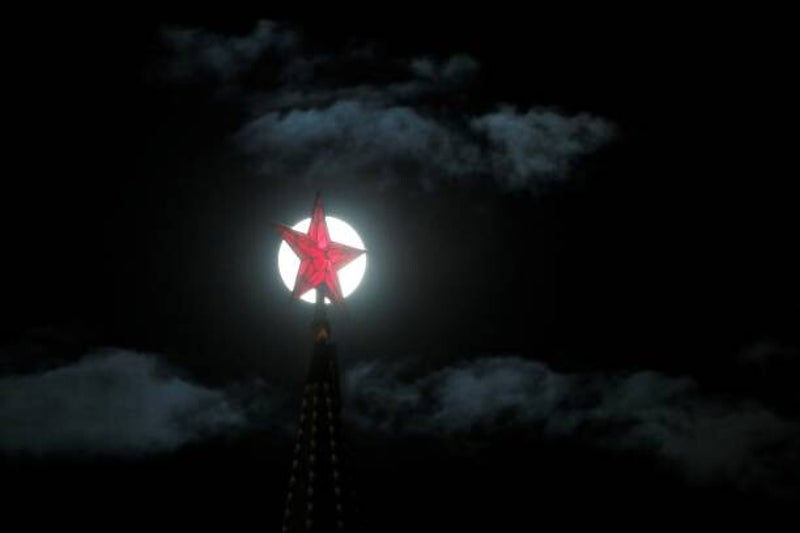
In March 2021, China and Russia took a bold step toward reshaping lunar exploration when the China National Space Administration and Roscosmos signed a Memorandum of Understanding to build an International Lunar Research Station on the Moon’s south pole by the mid‑2030s. That agreement marked the culmination of years of informal talks and laid out a roadmap in which China’s Chang’e‑8 mission in 2028 would survey the terrain, followed by a series of robotic and crewed launches to assemble habitats, laboratories and life‐support systems. From Beijing’s perspective, the partnership offers both a chance to pool resources and a means of countering what Chinese state media describe as a U.S. monopoly over lunar governance.
China’s lunar ambitions have accelerated dramatically over the past decade. Following the first soft landing on the Moon’s far side in 2019, Beijing announced a goal of landing astronauts by 2030 and establishing a permanent presence thereafter. In April 2025 a senior CNSA engineer unveiled plans not only for solar arrays and subsurface piping but also for a small nuclear reactor to power the station’s operations, a testament to China’s willingness to invest in long‑duration infrastructure beyond what any other nation has attempted. For Russia, whose space program was hobbled by Western sanctions following its 2022 invasion of Ukraine, the partnership provides access to cutting‑edge robotics and financing that Moscow sorely needs to sustain its lunar aspirations.
Moscow’s pivot toward Beijing reflects both strategic necessity and political signaling. Excluded from key Western technological exchanges and eager to showcase its enduring prowess in space, Roscosmos has embraced the ILRS as a flagship project. In April 2024, analysts noted that the planned lunar nuclear plant underscored Russia’s shift eastward and China’s readiness to publicly ally with its former Cold War rival. Russia’s parliament ratified the cooperation agreement in mid‑2024, underscoring how space policy has become an arena for demonstrating sovereignty and resilience in the face of sanction regimes.
Beyond the core partnership, China and Russia have extended invitations to a cohort of smaller nations and organizations. As of mid‑2023, the United Arab Emirates and Pakistan had formally joined the ILRS consortium, and discussions were underway with European firms and UN space agencies. Proponents argue that opening the station to a broader group lends it the aura of inclusivity and scientific neutrality. Critics counter that Beijing and Moscow will retain de facto control over critical decisions, ranging from resource allocation to site selection. That involvement by third‑party partners carries risks of technology transfer and political leverage.
Perhaps the most dramatic element of the alliance is the nuclear power plant slated for deployment between 2033 and 2035. In May 2025, China and Russia signed a memorandum to develop a small fission reactor capable of delivering continuous power through the two-week lunar night. The ability to generate reliable energy would enable longer human stays, more intensive scientific experiments, and potentially the extraction of water ice and helium-3 for fuel. At the same time, the deployment of nuclear technology on another world raises questions about liability, safety protocols, and the militarization of space, even though both governments emphasize the reactor’s civilian research purpose.
For the United States, the Sino‑Russian Lunar Alliance presents a multifaceted challenge. The Artemis Accords, launched in 2020 to knit together a coalition of nations under standard principles of transparency and resource sharing, now face a parallel framework that many poorer countries find more attractive because it imposes fewer restrictions on territorial activities. At the same time, the Wolf Amendment continues to bar NASA from bilateral ties with China without explicit congressional approval, closing off any avenue of direct engagement that might defuse competition. Budget uncertainties and proposed cuts to the Lunar Gateway project only sharpen the contrast, driving home the risk that U.S. leadership could be eclipsed in the next great space contest.
In response, U.S. policymakers are debating a two‑pronged approach. Some urge Congress to revise or waive the Wolf Amendment, allowing NASA to pursue limited scientific cooperation with China under strict oversight. Others call for a significant infusion of funds into Artemis and the Gateway to ensure that American astronauts return first to the lunar surface and help establish commercial economies there. At the POLITICO Security Summit in May 2025, the U.S. Chief of Space Operations warned that advanced Chinese and Russian space capabilities, ranging from nuclear reactors to anti-satellite weapons, pose strategic risks that necessitate both diplomatic and defensive measures.
As Beijing and Moscow solidify their lunar ambitions, Washington must weigh how to preserve its advantages while avoiding a zero-sum trap that could spiral into militarization. The Sino‑Russian Lunar Alliance is more than a joint science project. It is a geopolitical statement about who will set the rules for humanity’s next frontier. For the United States, the coming years will demand choices about cooperation, competition, and the balance between national pride and planetary stewardship.
Add comment
Comments